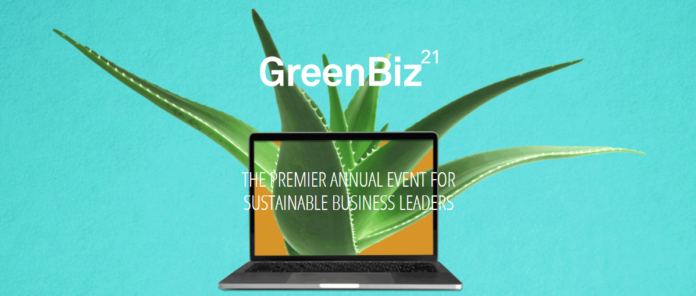
I recently attended the premier sustainability conference GreenBiz. The conference conversations were categorized into one or more of the following themes: Circular Economy, Finance and ESG, Net Zero, Resilient Supply Chains, Social Justice, Stakeholders and Storytelling, and Sustainability Leadership.
Overwhelmingly, the conversations focused on less talk and more action, moving from incremental change to systemic change and what business leadership is necessary to accomplish this. Company values have seemed to move their way from a talking piece on headquarters wall and into the hearts and minds of executives eager to drive impact. Not surprisingly after 2020, there was a focus on the social side of sustainability and how equity is both necessary and an opportunity for business to lead more effectively and to innovate.
Here is the summary of my key GreenBiz 21 takeaways:
- The S in Environment, Social, Governance (ESG) is where E was a decade ago. I attended no session where social sustainability was not mentioned or a large part of the conversation. Whether talking about resilient supply chains, decarbonization, risk mitigation, or finance, companies mentioned how they have developed a plan or are developing one that brings diversity, equity, and inclusion into the core pillars of their strategy and action plans. Martina Cheung, President of S&P Global Market Intelligence and head of ESG for S&P Global, reiterated that their global studies continue to illustrate that companies with more diverse boards and leadership perform better overall financially.
- Walk the talk through integration. It’s no longer enough to set ambitious goals; inaction now costs more than action. Your sustainability strategy needs to be woven into your organization’s values and business model. That means integrated into your board structure, your business planning, your overall strategy. Into executive pay, into risk management, into the culture. I think you get the picture. It is time to integrate!
- The race to zero is on. While bold innovations are needed, and scaling solutions remains a challenge, businesses are grappling with how to get to zero carbon emissions. Thankfully, efficiency gains are still a significant priority, as are reduction goals, and conversations around innovation and technology are ramping up and moving into action. Overwhelmingly, companies are committed yet grabbling with how they get to zero.
- Circularity is a solution, but we still need to produce less. It is not enough to recycle or even design for recyclability. We need circular systems that innovate better products across the value chain. We cannot just be thinking about dealing with waste (especially plastics) already in the environment. Instead, we need a societal shift to needing less and making less.
- Biodiversity gets a seat at the table. Indigenous people are 5 percent of the population, yet they hold 80 percentof the world’s biodiversity. Read that again; it’s mind-blowing. We can learn from our indigenous people about how to better connect to and tend the land. We can also look to these thriving ecosystems for design ideas and solutions. (From someone who studied Permaculture and lived in Thailand and Costa Rica, I can personally attest to both the abundance and resilience that comes from a diverse ecosystem. Thinking about your businesses as an ecosystem can help you get there.)
- Moral leadership is necessary. By everyone, but particularly business leaders. We need a cultural shift away from hyper-individualism to interdependence. We must understand that all things are intrinsically connected, that human health is dependent on the health of the environment, and that the health of the environment is dependent on humans! We need systems thinkers and moral leaders that build value through multi-stakeholders, long-term models. Without this, none of the other takeaways are possible.
During the conference, Michelle More, CEO of Groundswell said, “Sustainability leaders need to see their jobs as powerful pathways of influence.“ No matter what your job is or who you work for, you have the power to influence change right where you are at. This is an important message for professionals, no matter your job title. Don’t underestimate your ability to make a difference, exactly where you are at.

